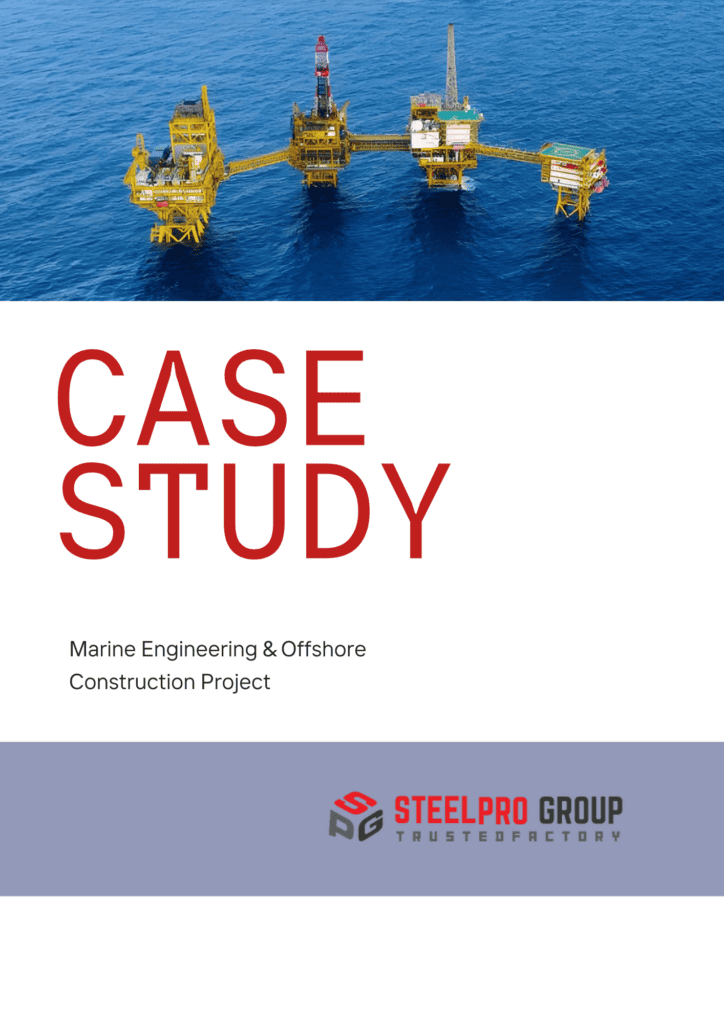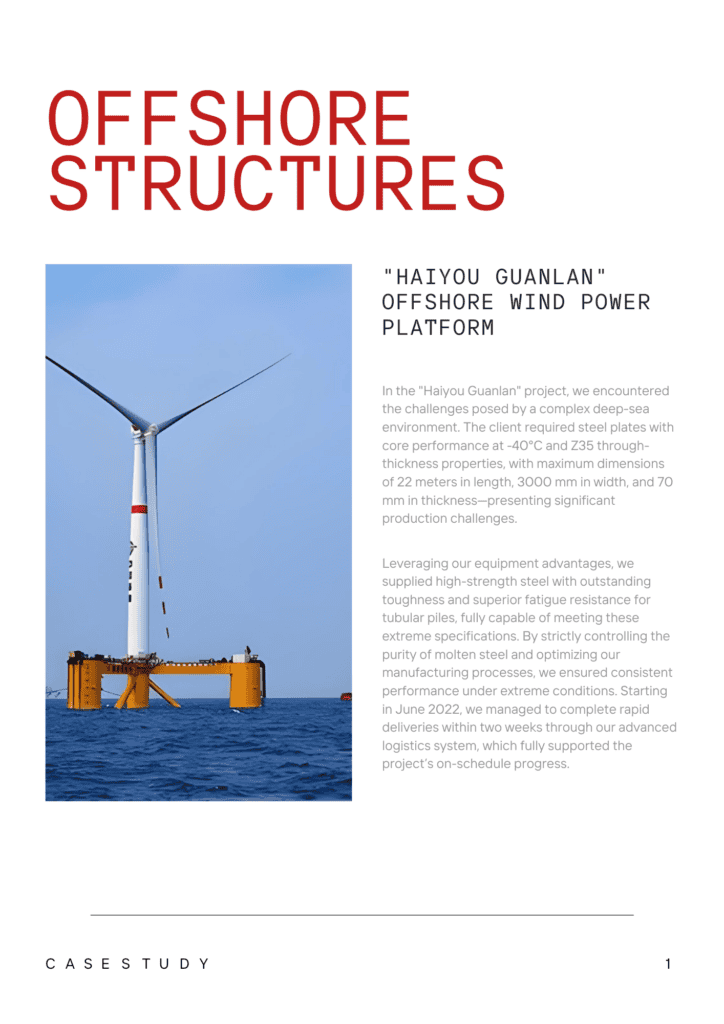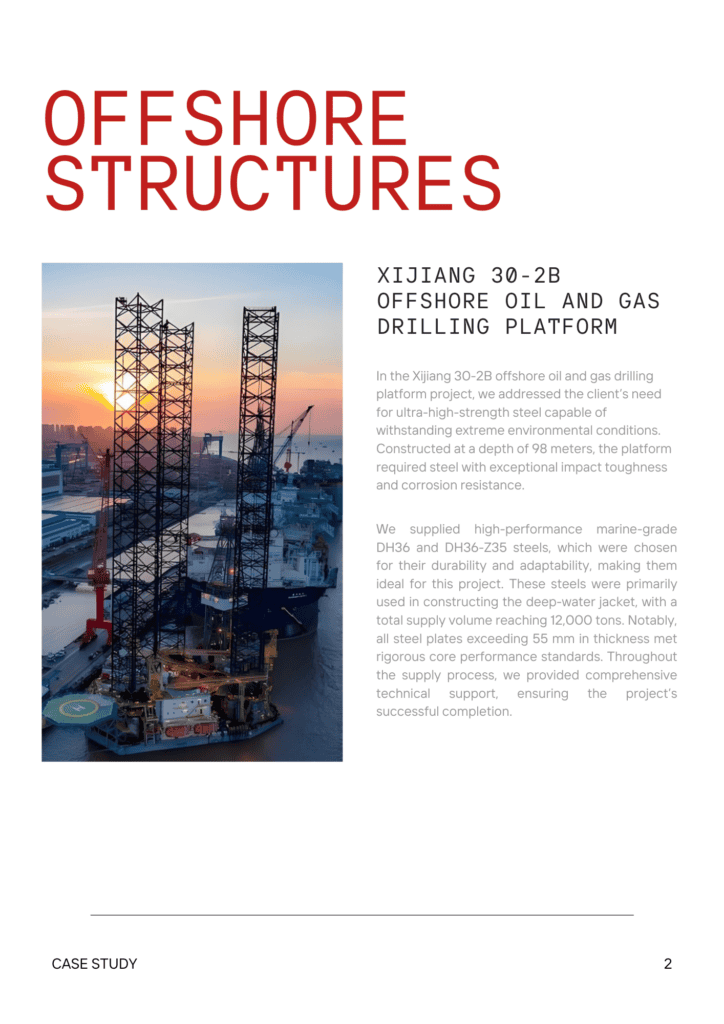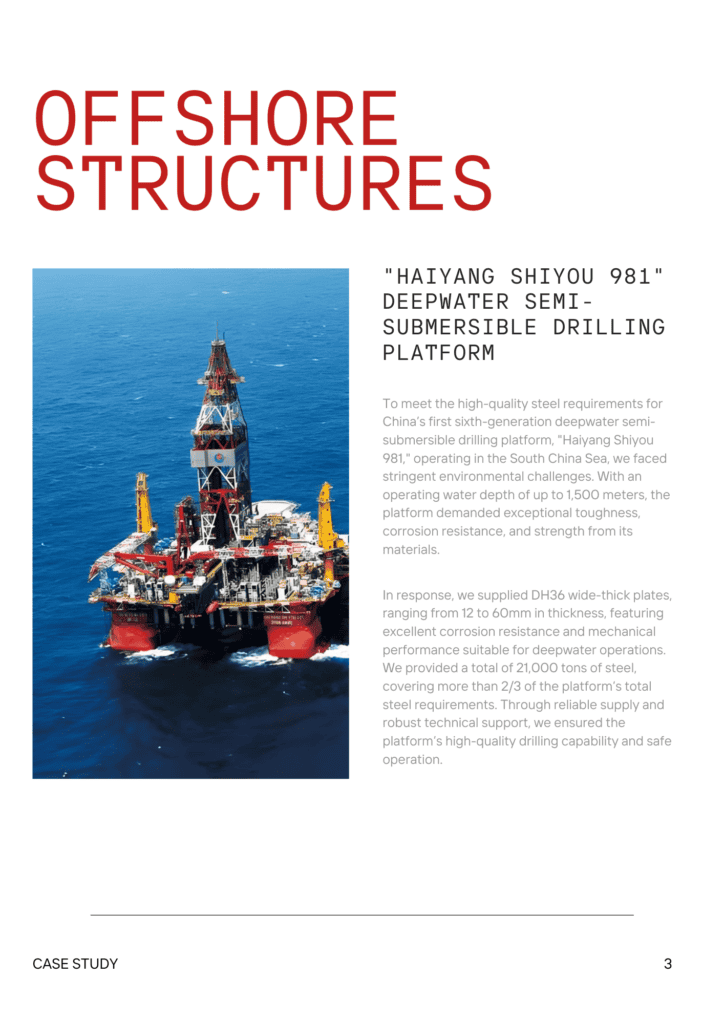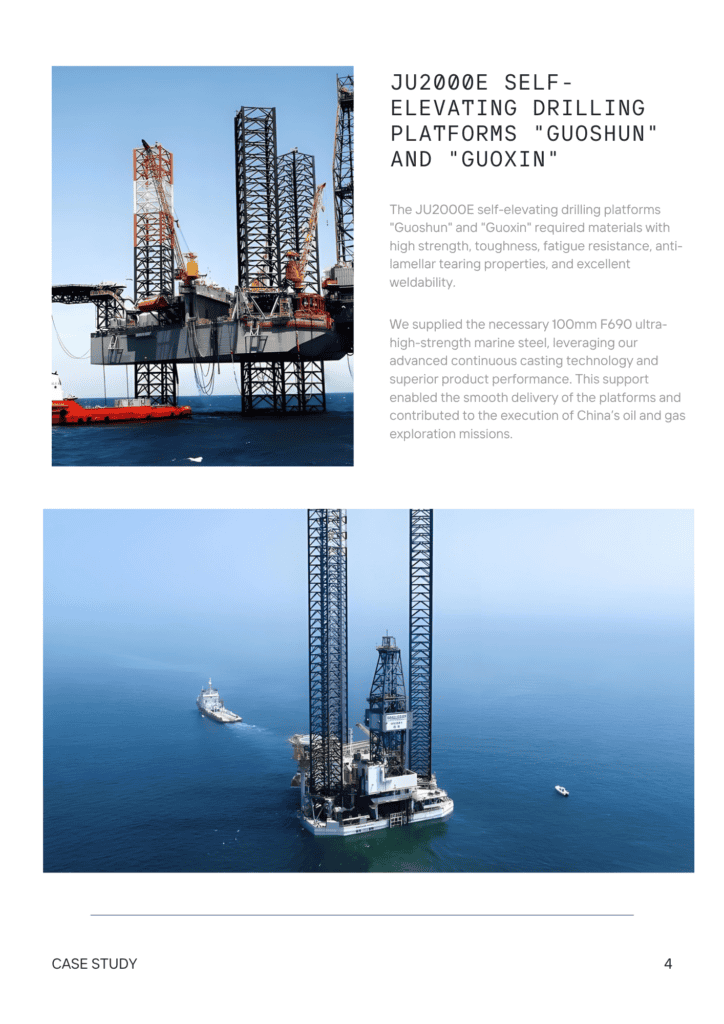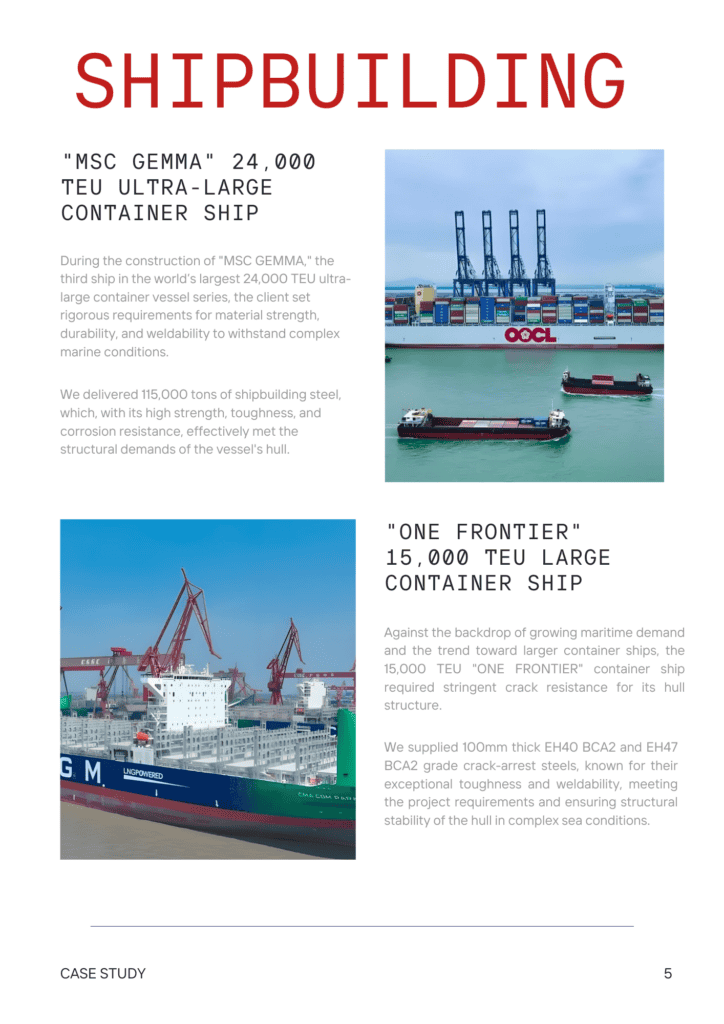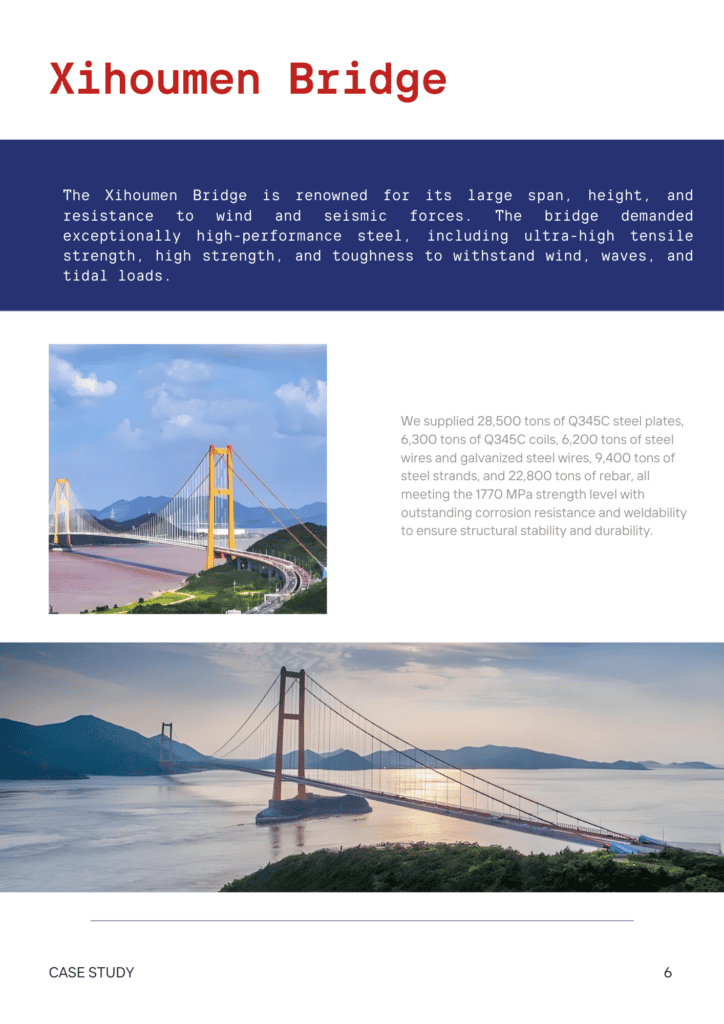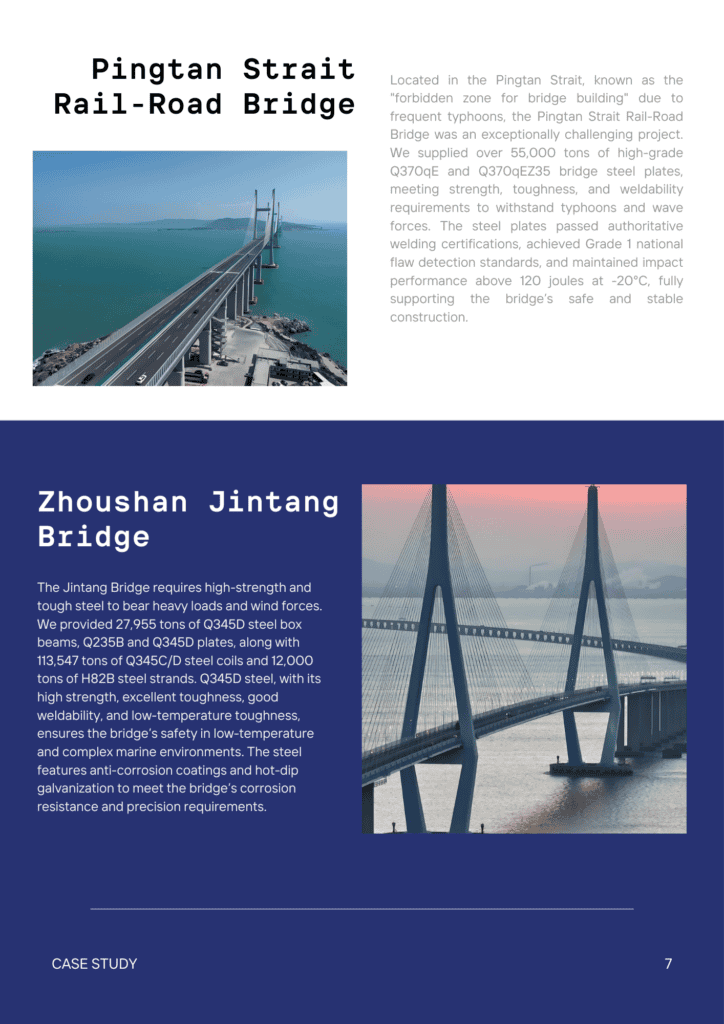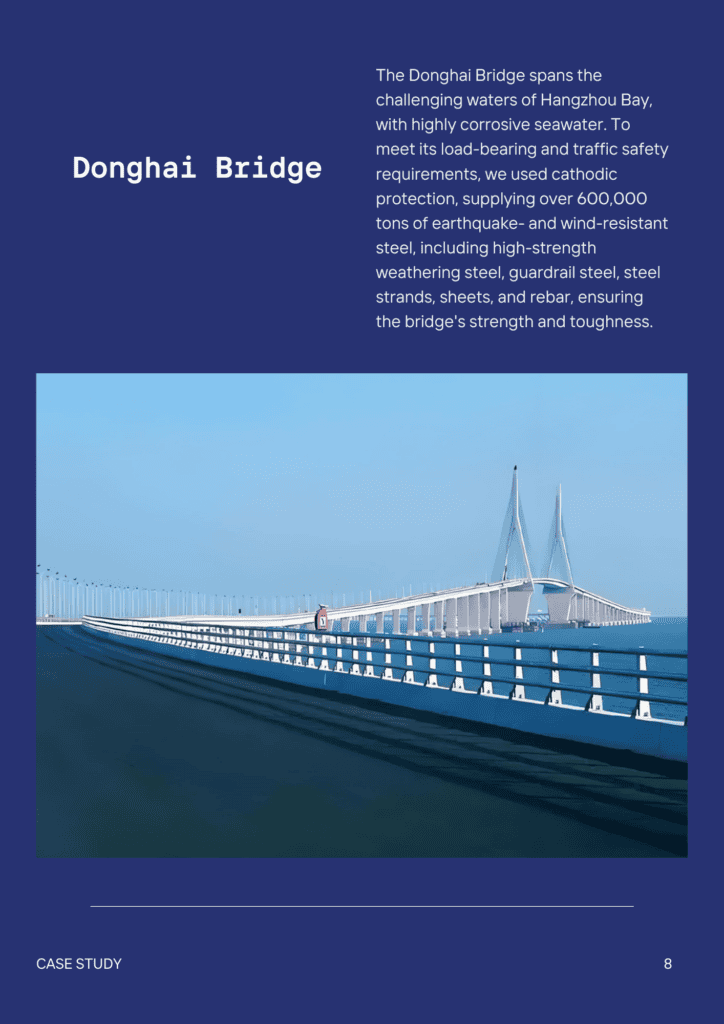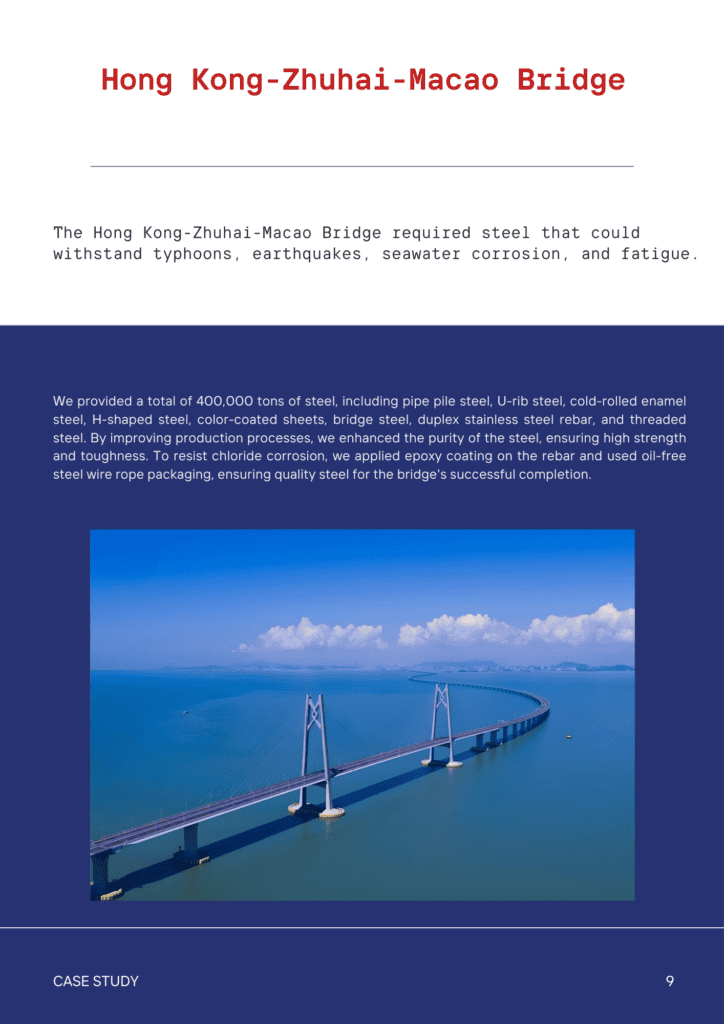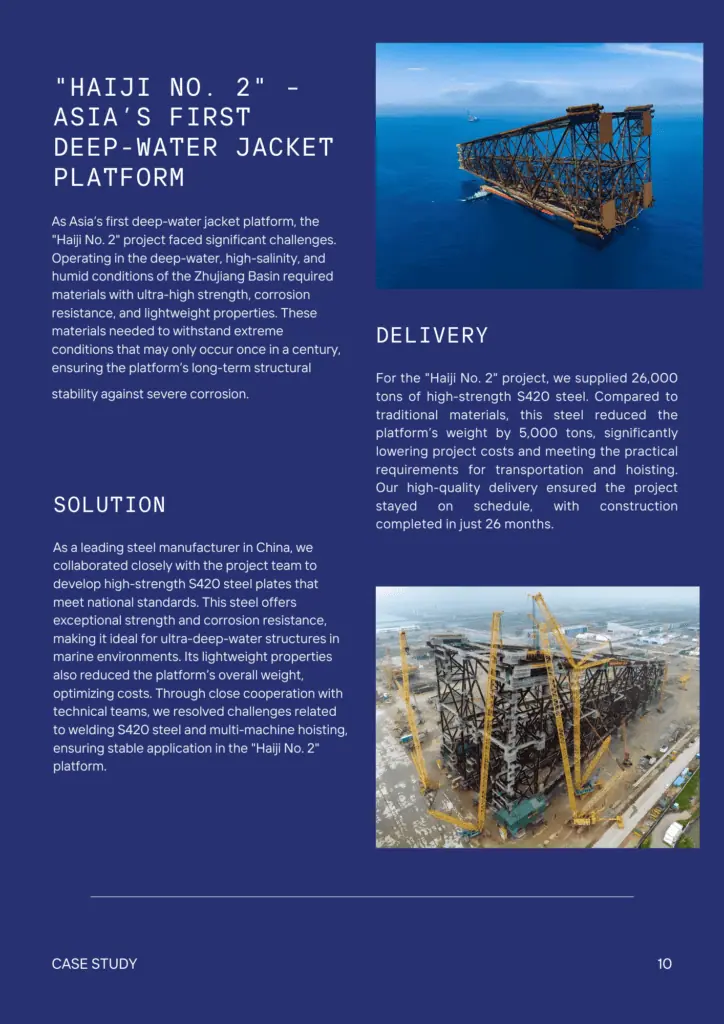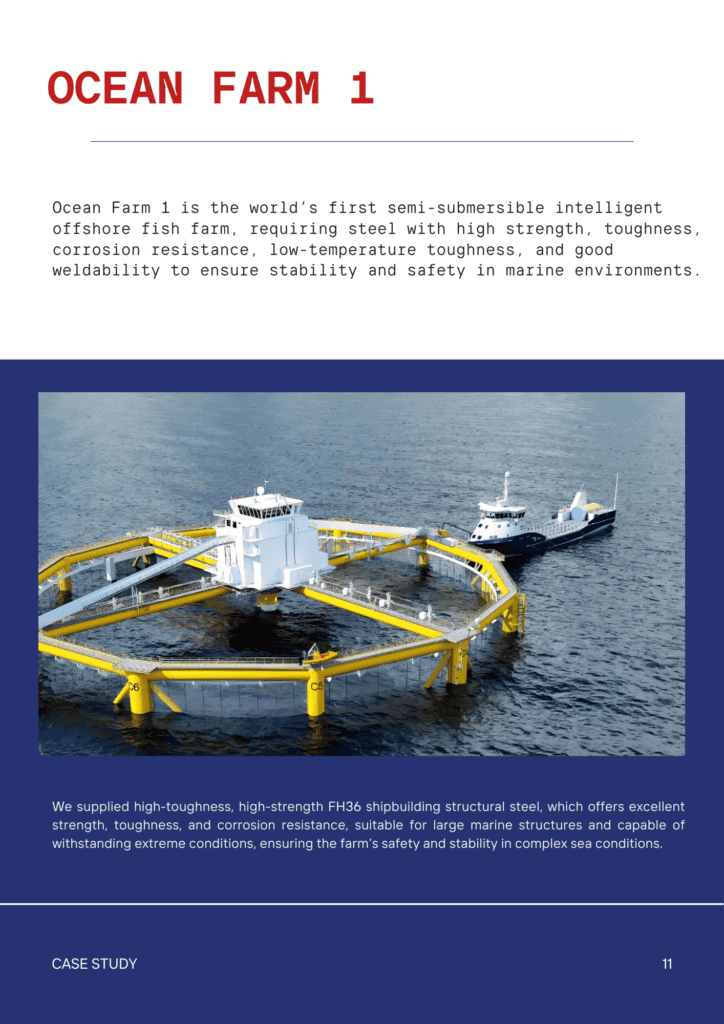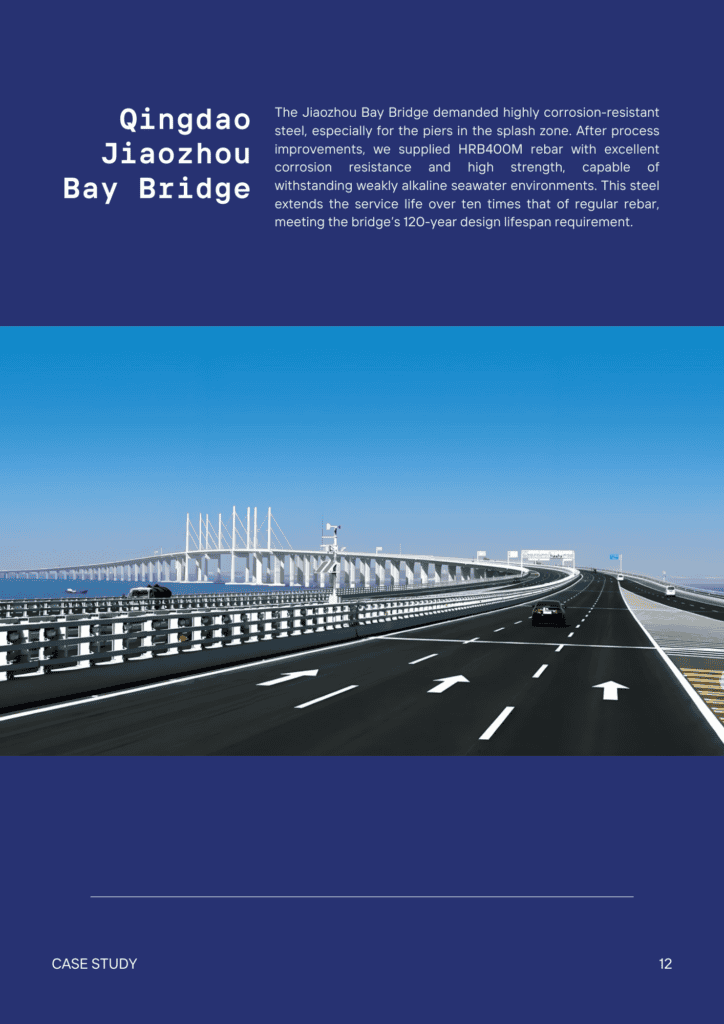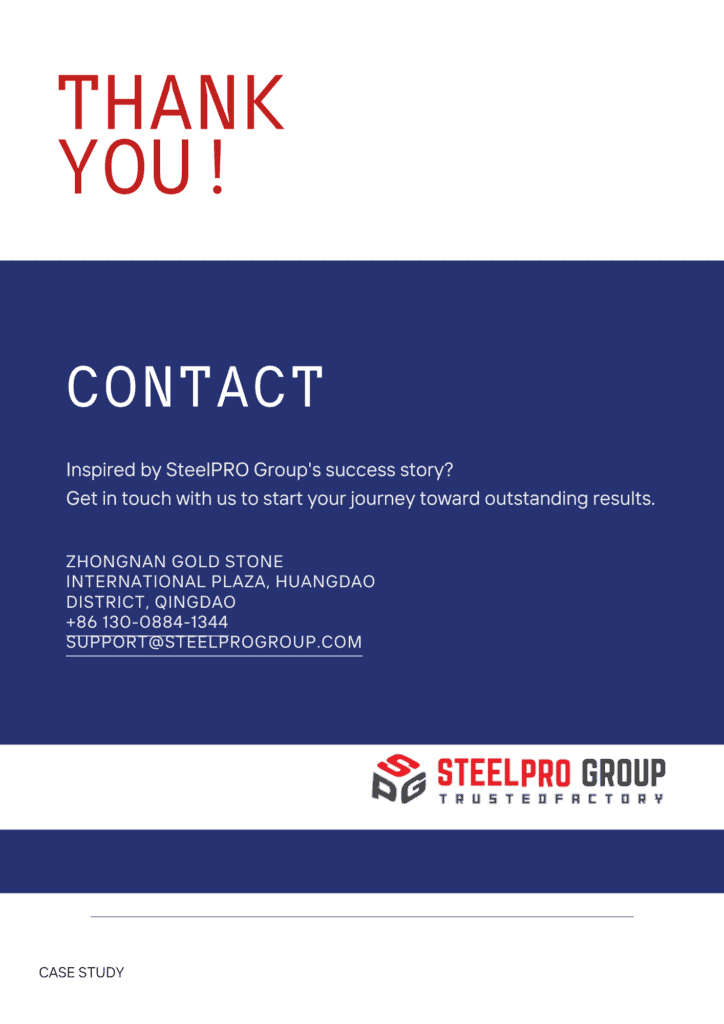X52 | L360 | L360NB | HSLA Pipeline Steel
X52 | L360 | L360NB | HSLA Pipeline Steel
X52 is a high-strength, low-alloy (HSLA) steel used in pipeline construction. It conforms to the API 5L standard. The “X” signifies the steel grade, and “52” indicates the minimum yield strength of 52 ksi. Equivalent grades include L360NB (EN) and L360 (ISO). X52 features good weldability, toughness, and corrosion resistance. It is primarily used in the oil and gas industry to construct pipelines to transport petroleum and natural gas.
Description
What Is X52?
X52 is a type of pipeline steel composed of iron and carbon. It is typically solid with no special color, featuring high strength and toughness. X52 pipeline steel is processed through hot rolling and offers good weldability and corrosion resistance. It is primarily used in the construction of oil and gas pipelines. Based on strength and toughness, X52 pipeline steel can be further classified into low-carbon and medium-carbon grades.Characteristics of X52
X52 steel offers excellent strength and toughness, making it ideal for high-pressure applications. It has good weldability and resistance to corrosion, which is essential for pipeline integrity. This steel is cost-effective and reliable for transporting oil and gas. Consider using X60, X70, or X80 steel grades for applications requiring higher strength or better corrosion resistance. These alternatives provide enhanced properties to meet more demanding conditions. X52 steel is commonly used in oil and gas pipelines, water transmission lines, and other critical infrastructure projects where reliability and durability are paramount.Chemical Compositions
| Element | Content (%) |
|---|---|
| Carbon, C | 0.22 max |
| Manganese, Mn | 1.40 max |
| Phosphorus, P | 0.025 max |
| Sulfur, S | 0.015 max |
| Silicon, Si | 0.45 max |
| Chromium, Cr | 0.30 max |
| Nickel, Ni | 0.30 max |
| Copper, Cu | 0.30 max |
| Molybdenum, Mo | 0.15 max |
| Vanadium, V | 0.10 max |
Physical Properties
| Property | Metric Value | Imperial Value |
|---|---|---|
| Density | 7.85 g/cm³ | 0.284 lb/in³ |
| Melting Point | 1425-1540 °C | 2597-2800 °F |
| Boiling Point | – | – |
| Thermal Conductivity | 50 W/m·K | 28.9 BTU/(hr·ft·°F) |
| Electrical Conductivity | 1.6 MS/m | 1.6 MS/m |
| Specific Heat Capacity | 0.49 J/g·K | 0.117 BTU/(lb·°F) |
| Thermal Expansion Coefficient | 11.7 µm/m·°C | 6.5 µin/in·°F |
| Electrical Resistivity | 0.62 µΩ·m | 0.62 µΩ·m |
Mechanical Properties
AC (Air Cooled) Sate
| Property | Metric Value | Imperial Value |
|---|---|---|
| Tensile Strength | 460 MPa | 66.7 ksi |
| Yield Strength | 360 MPa | 52.2 ksi |
| Brinell Hardness | 237 HB | 237 HB |
| Rockwell Hardness | 20.7 HRB | 20.7 HRB |
| Vickers Hardness | 225 HV | 225 HV |
| Elongation | 21% | 21% |
| Elastic Modulus | 200 GPa | 29 msi |
QT (Quenched & Tempered) State
| operty | Metric Value | Imperial Value |
|---|---|---|
| Tensile Strength | 530-760 MPa | 76.9-110.2 ksi |
| Yield Strength | 360 MPa | 52,200 psi |
| Elongation | 21% | 21% |
| Reduction of Area | – | – |
| Impact Absorption Energy | – | – |
| Elastic Modulus | 200 GPa | 29 msi |
Industries & Applications
| Industry | Application |
|---|---|
| Oil and Gas | Pipelines, Offshore Drilling Rigs, Refineries, Storage Tanks |
| Petrochemical | Process Piping, Heat Exchangers, Pressure Vessels, Reactors |
| Construction | Structural Tubing, Piling, Beams, Columns |
| Power Generation | Boilers, Heat Recovery Steam Generators, Turbines, Nuclear Reactor Components |
| Automotive | Chassis Components, Fuel Systems, Exhaust Systems, Structural Parts |
| Marine | Shipbuilding, Offshore Platforms, Subsea Pipelines, Deck Structures |
| Chemical Processing | Storage Tanks, Processing Equipment, Conveyance Piping, Reactors |
| Water Treatment | Water Mains, Treatment Plant Components, Pumping Stations, Pressure Pipes |
Machining
Heat Treatment
- Normalizing: Heat the steel to 870°C to 900°C (1600°F to 1650°F), hold for 1 hour per inch of thickness, then cool in still air.
- Annealing: Heat the steel to 850°C to 900°C (1562°F to 1652°F), hold for 1 hour per inch of thickness, cool slowly in the furnace to 650°C (1202°F), then allow to cool in air.
- Quenching: Heat the steel to 860°C to 900°C (1580°F to 1650°F), hold for 1 hour per inch of thickness, then rapidly quench in water or oil.
- Tempering: Reheat the quenched steel to 540°C to 680°C (1000°F to 1250°F), hold for 1 hour per inch of thickness, then allow to cool in air.
- Stress Relieving: Heat the steel to 540°C to 650°C (1000°F to 1200°F), hold for 1 hour per inch of thickness, then cool in still air.
Surface Finish
- Hot Rolling: Enhances surface flatness and uniformity.
- Pickling: Removes scale and oxides from the surface.
- Sand Blasting: Provides a clean and rough surface for better adhesion.
- Galvanizing: Adds a protective zinc coating to prevent corrosion.
- Painting: Applies a protective and decorative coating to the surface.
*Customization is available upon request.
Disclaimer
The provided heat treatment and surface treatment processes are general guidelines. Actual conditions may vary depending on specific applications and requirements. It is recommended to consult with a professional metallurgist or material scientist to tailor the processes to your particular needs. The information herein is not a substitute for professional advice and should not be relied upon as such.
Our Service
SteelPRO Group – manufacturer and solution provider for special steel, offering multi-industry application solutions and customised services, 100% quality free, accompanying customers in their growth!
Our Quality Control
- Roundness
- Tolerance
- Microstructure
- Non-Destructive Testing
- Destructive Testing
- Process Control
Service Integration Processing
- Welding
- Metal Fabrication
- CNC Machining
- Lathe
- Forming
QUESTION 1
QUESTION 2
QUESTION 3
QUESTION 4
QUESTION 4
CONTACT
CONTACT
Certifications







Other Products
-
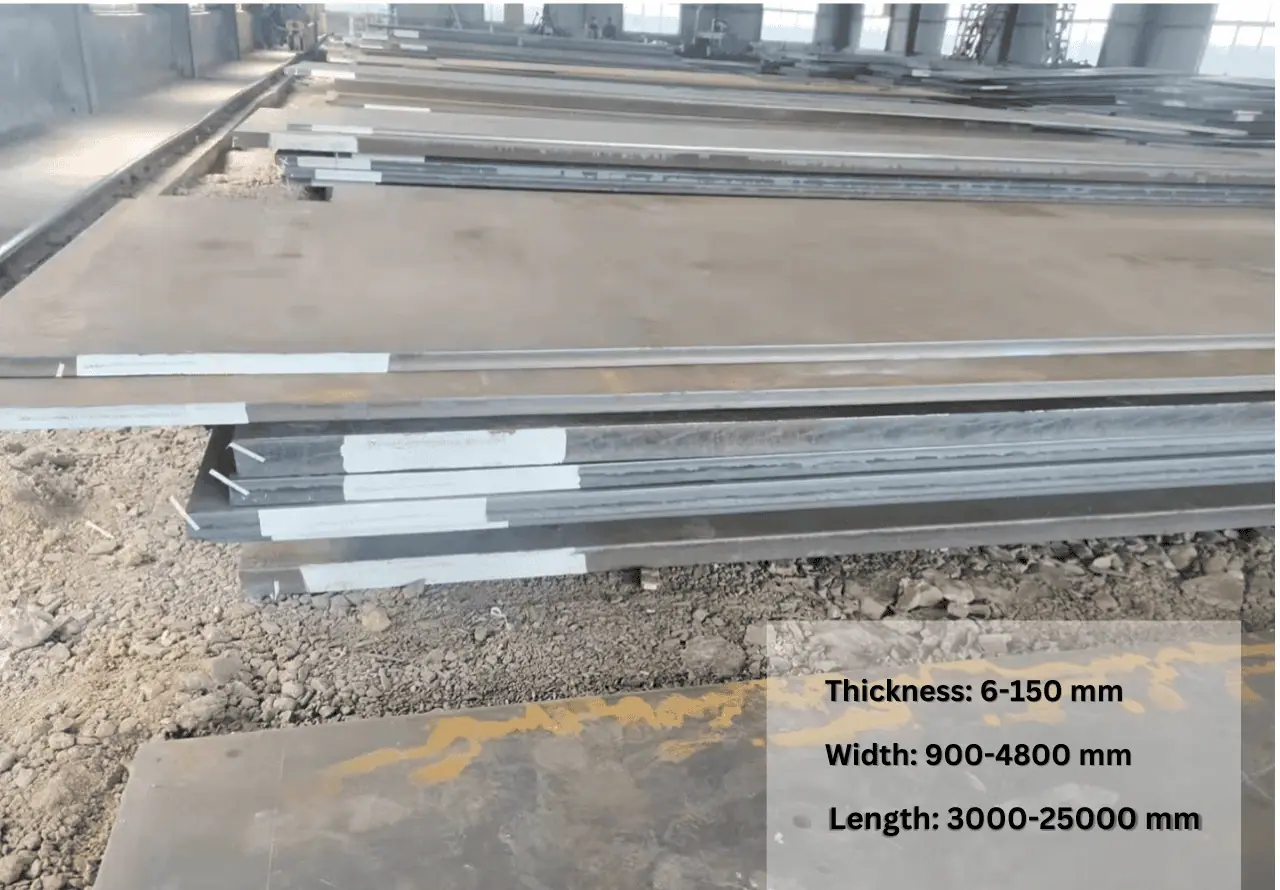
-
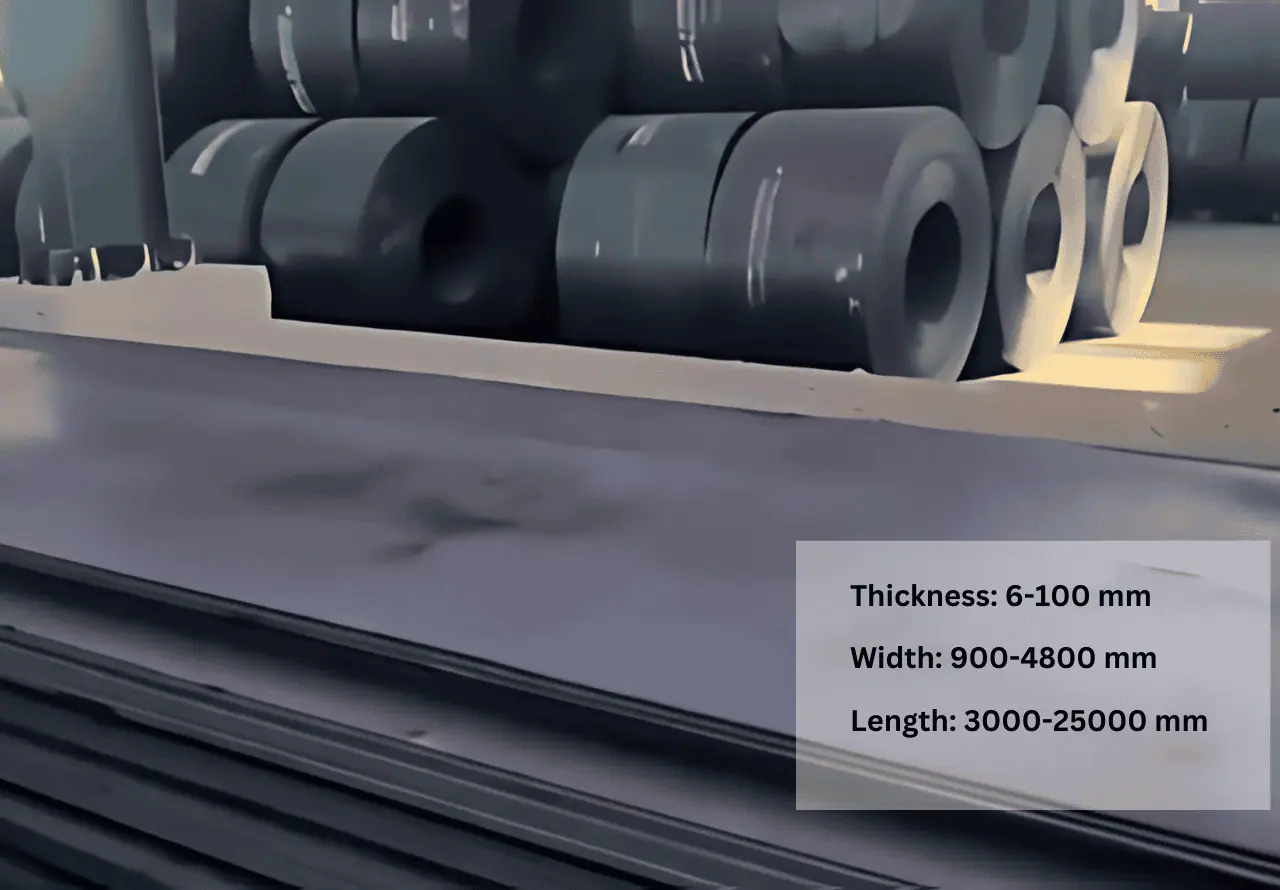
SteelPRO Group offers FH550 high-strength structural steel plates for shipbuilding....
-
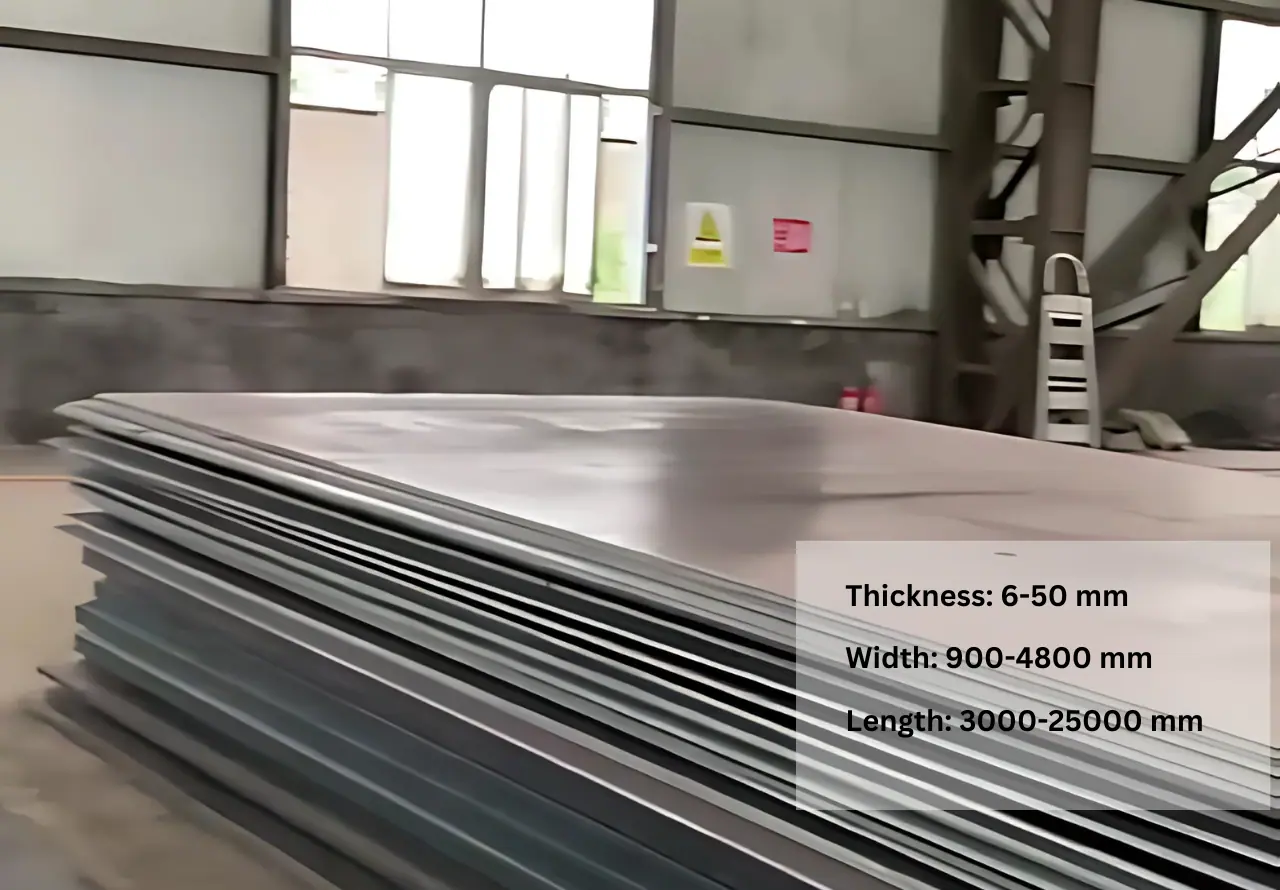
SteelPRO Group offers DH550 high-strength shipbuilding steel plates in stock....
-
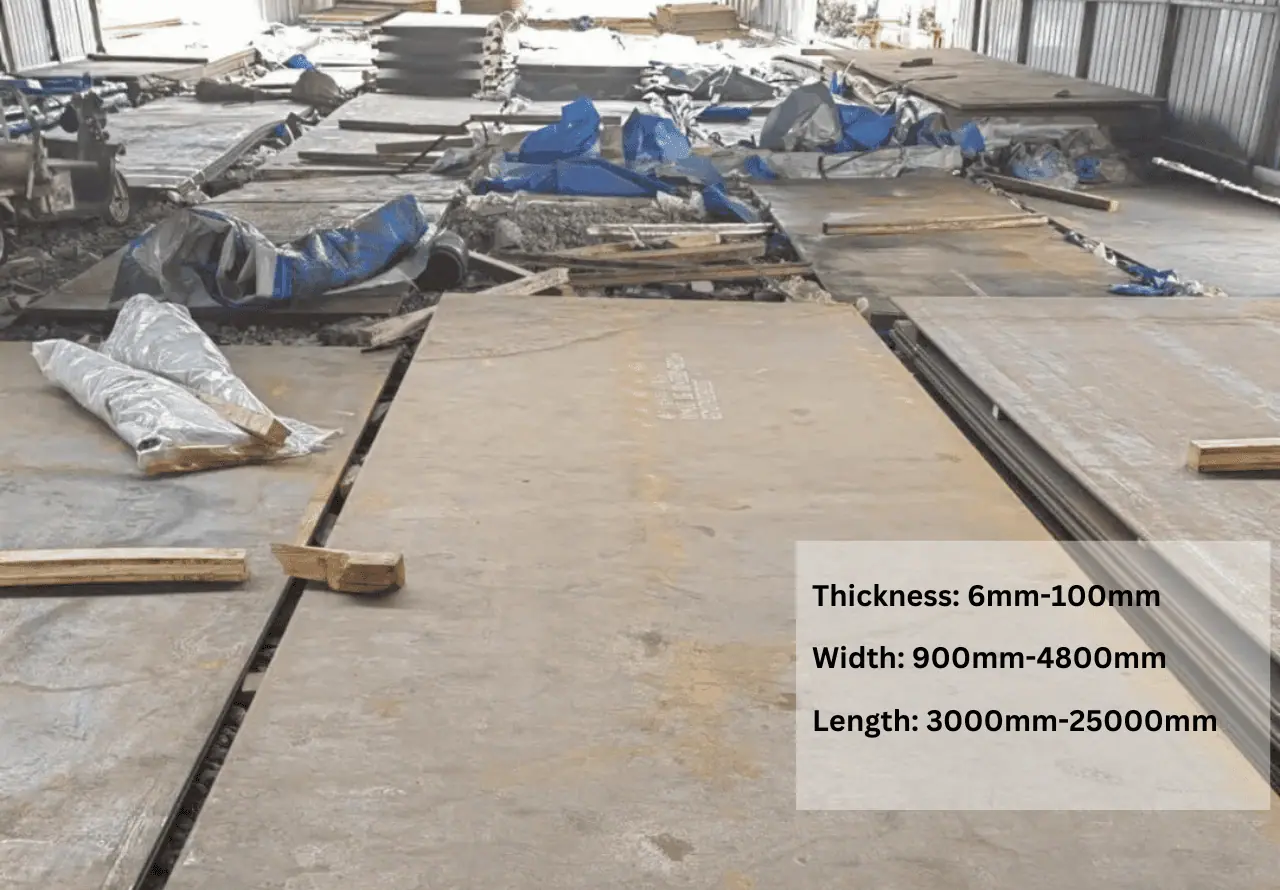
SteelPro Group offers FH36 high-strength steel for shipbuilding. It has...



